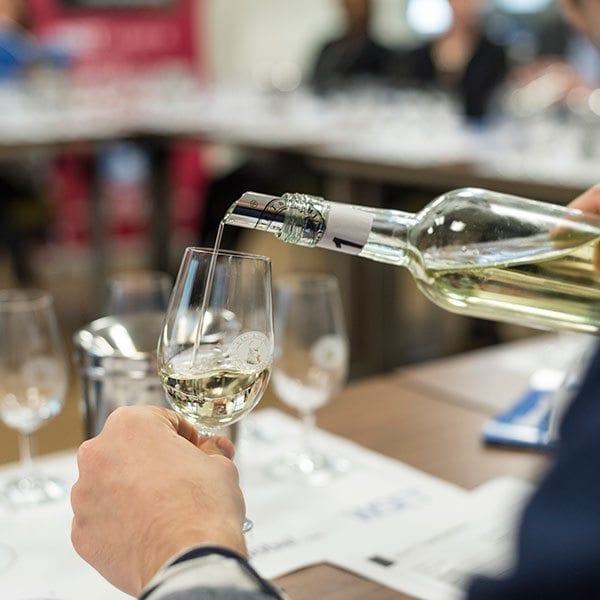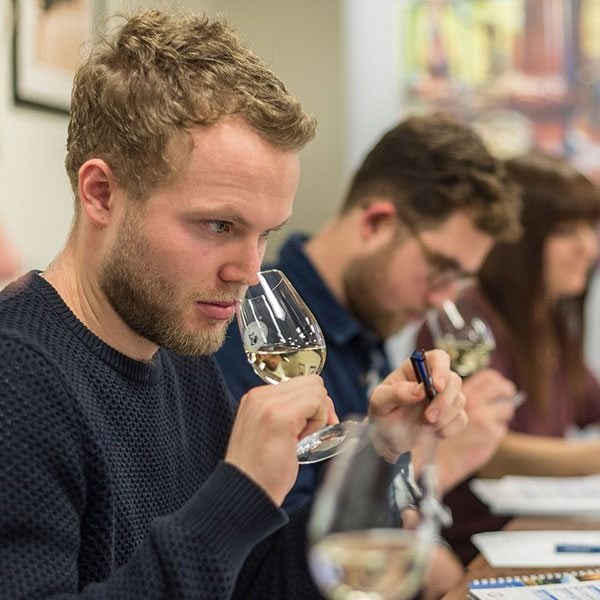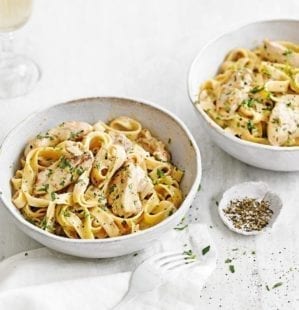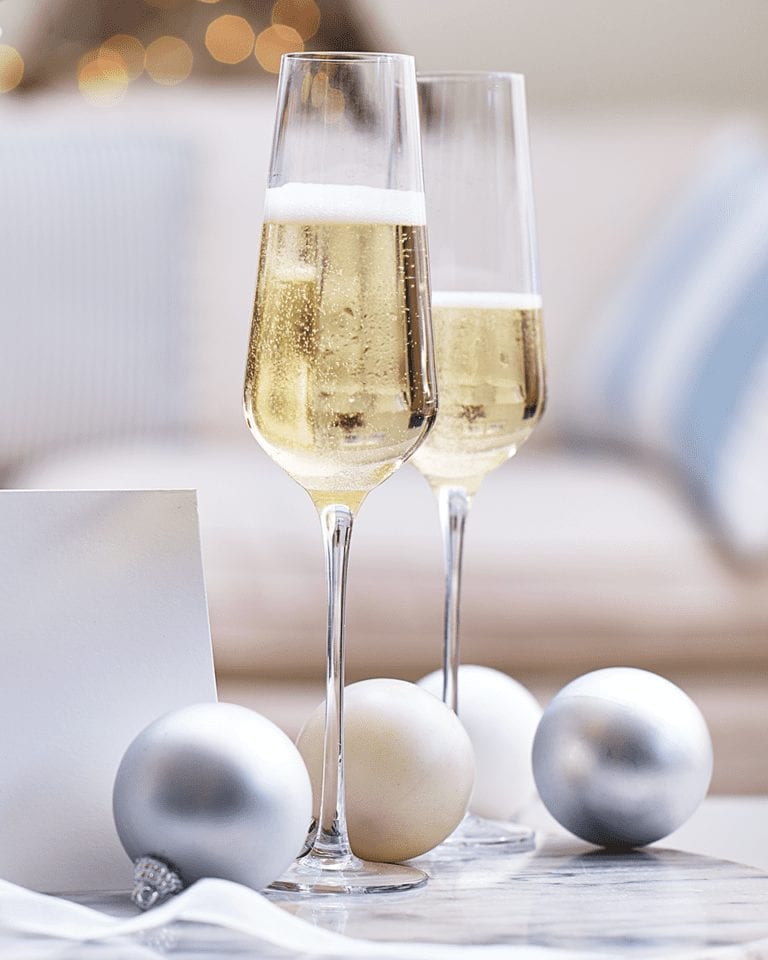Wine school review: London Wine and Spirit School
Always wanted to learn more about wine? There’s a school for that.
Where: London Wine & Spirit School
The course: WSET Level 1 Award in Wines, £169 (one day)

What’s it like
Before the course, I liked to think I could navigate a wine list fairly well (less so after a few glasses, perhaps), but as the tutor delved into the finer details of which grape varieties are used to make particular wines, and how regional characteristics affect the taste of the grapes, I realised how many gaps there were in my knowledge.
The London Wine & Spirit School in Bermondsey, London, is the flagship school of The Wine & Spirit Education Trust (WSET) founded in 1969. Courses were initially created for those working in the wine trade but the trust opened its doors to the wider public in 1991. In my class, the split was even between people in the wine or hospitality business and those taking part for their own enjoyment.
The one-day course was classroom- based and as we started with a roll call, I felt like I was back at school. But with numerous grape-related topics to be covered, wines to be tasted and (eek!) an exam to pass, there was no time to reminisce. For me and my 20 or so fellow students, it was a headfirst dive into the world of wine.

What I learned
The morning covered the main grape varieties used to make wine (cabernet sauvignon, merlot, chardonnay, sauvignon blanc and the like) and how wine is made. It was a lot to take in as we whizzed through the characteristics of the various grapes and wines. All the information was included in a notebook (which we were able to take home), but everyone was scribbling down notes, worried they might be tested on it for the exam.
I started to relax into it when the tutor explained how to assess wines the way professionals do: how to judge the appearance, how to swirl it in the glass to release the aromas and how to taste properly by drawing air across the palate (the louder the better it seemed). This style of teaching continued throughout the day, with talks and question-and-answer sessions, followed by practical tasks to consolidate the learning.
The best part of the day for me was the food and wine pairing activity. Different foods were introduced representing the five tastes: sweet, sour, salty, bitter and savoury – or umami (powdered MSG, for example). We matched and mismatched wines to demonstrate what makes or breaks a perfect pairing (the sweet sauternes was sublime – no one used the wine spittoons).
Finally we had to sit the exam. Despite my initial worries, this wasn’t so hard (30 multiple choice questions) – and two weeks later I found out I’d passed. Yay!

The verdict
There’s a lot to take in during the day. I spent my lunch break going over what we learned in the morning as exam nerves kicked in. The course is suitable for beginners but with the amount of ground covered, it would be helpful to start with some basic wine knowledge. The day was very informative and the tastings brought to life the classroom teaching. Plus, it was satisfying gaining a qualification. I’d say a trip to one of the local Bermondsey bars is in order afterwards. You need to try out your new found knowledge, after all…
Reviewed October 2015.
Subscribe to our magazine
Food stories, skills and tested recipes, straight to your door... Enjoy 5 issues for just £5 with our special introductory offer.
Subscribe
Unleash your inner chef
Looking for inspiration? Receive the latest recipes with our newsletter


